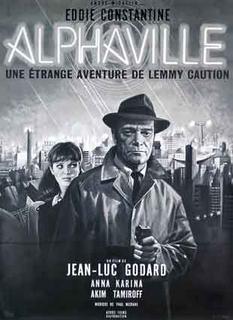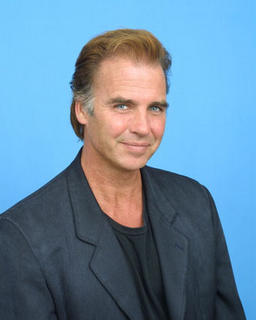The Tesco Scribe Phenomenon
 Despite being less than 100 pages long per issue, Tesco Magazine has become known as a prolific breeding ground for some of the world’s greatest authors. We will celebrate the history of this zeitgeist by a retrospective on some of those very authors, their time at the magazine, and what they did afterward.
Despite being less than 100 pages long per issue, Tesco Magazine has become known as a prolific breeding ground for some of the world’s greatest authors. We will celebrate the history of this zeitgeist by a retrospective on some of those very authors, their time at the magazine, and what they did afterward.Lev Nikolayevich Tolstoy first began his career by writing copy for the fashion section. He was then promoted after two years to writing the puns that go along with the fashion section, for example, in an historic issue he penned the delectable “Get Shorty” for a piece on summer holiday wear. The fashion editor promptly resigned elevating Tolstoy to that very position. Through this role he was able to bring back the trend of two-foot long beards for men, and three-foot long beards for women.
Following his time at Tesco, Tolstoy wrote something called War and Peace; however he will always be remembered as the man who transmuted the entire fashion segment into something that shook the very fabric of society.
John Milton was a young intern who worked on the ‘relationships’ section. He would often detail the haphazard ways that dates can go awry, including what to do “if your man suddenly transforms into a hellish demon.” His speciality was, however, wedding disasters; readers would write in with their nightmare tales to which he would reply with some exemplary puritan prose to set the matter right.
Some complaints had permeated the Tesco Magazine HQ about his use of the word ‘penile’, and so he was ousted just prior to his 25th birthday. He never quite got over this incident, and went onto write about it in Paradise Lost (paradise here standing as Tesco).
Herman Melville began in the ‘kids in the kitchen’ portion of the magazine. He was primarily charged with the task of making sure the children did not eat the spatulas. One day supervising a particularly debauched group of four year olds whilst waiting for the photographer to come, one of the youngsters had input a rather large chunk of cod into their gullet prompting a choking frenzy of spasmodic pulsations. The child later died in hospital. Melville returned to the scene of the episode the next day and burned all remnants of the cursed fish.
It is unknown whether this incident provoked Melville to write Moby Dick, but the fact that the child was named Ahab raises the chances.
Nikolai Vasilevich Gogol first penned a travel article on the nature of his native
Honore de Balzac was no further than two weeks into his employment when he produced the stunningly legendary review of ‘Tesco ready-made shepard’s pie’. In it he produced allegorical references to bourgeois monarch Louis Philippe and algae; such was the deep mental impact of this prose that most of the readership reports an almost simultaneous dropping of the magazine. Reports of readers running around in circles whilst in ecstasies of realism are as yet unfounded.
William S. Burroughs’ best known influence on this literary behemoth was that of effectuating the inclusion of the ‘free’ marquee in the top corner of the front page. However his suggestions of the offering of free sachets of mugwump jissom on the cover were less popular.
He spent most of his time as sub-editor in charge of the ‘wellbeing’ segment. His writing here mainly consisted of reviewing sun tan lotion, and it is thought that his choice for experimentation involved young male interns and a cauldron of yage. How this helped in editorialised reviewing is unspecified, but his office was known as a hive of depraved vitiation which smelled like E45.
The magazine has not only proved the starting point for a plethora of novelists and poets, well-known surrealist Salvador Dali was for a while the art director of the publication. His most important contribution was undoubtedly the issue bearing his Hypercubic Christ on the front cover, which went on to become the second highest selling edition of all time, second only to that issue with Jade from Big Brother on the cover.













